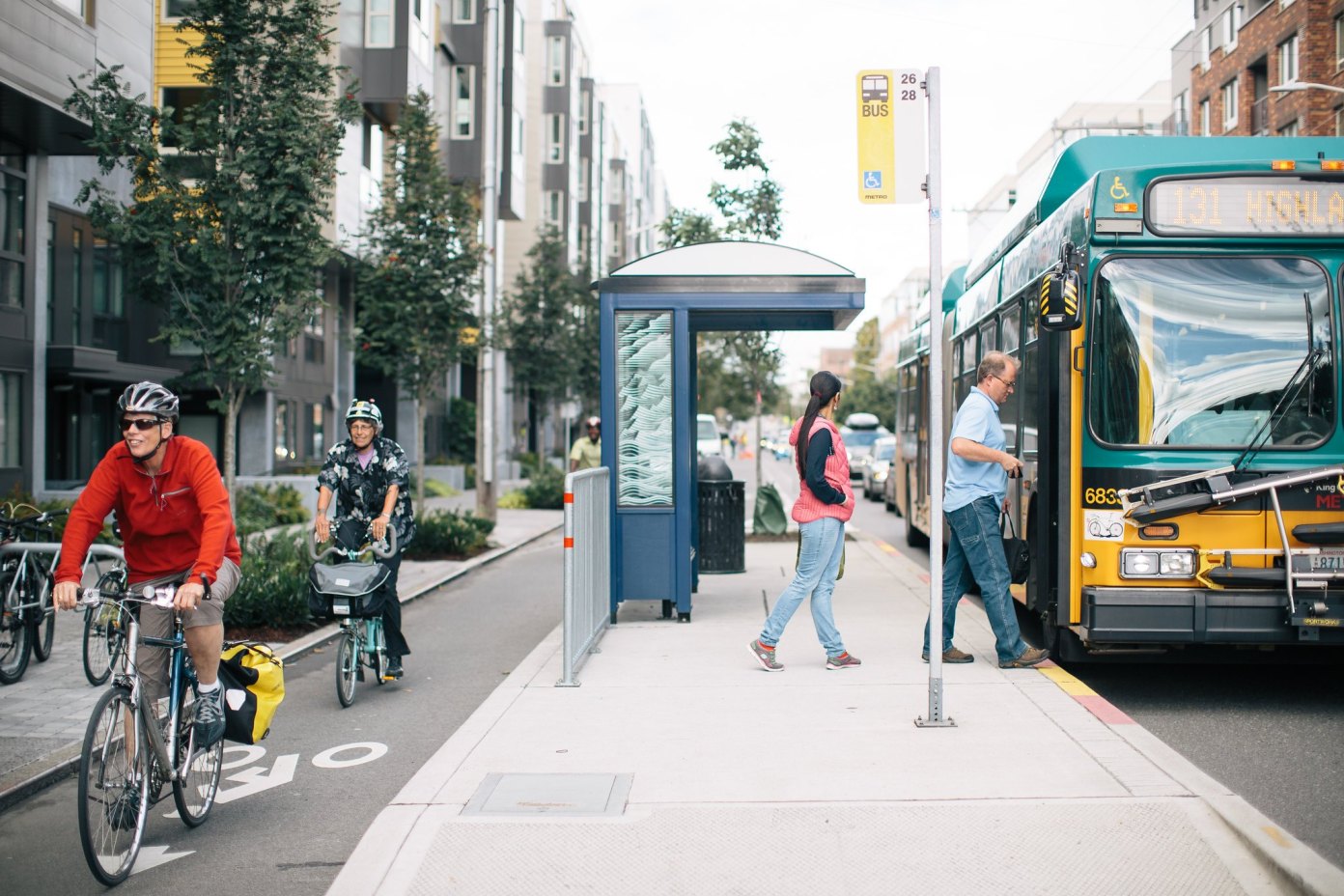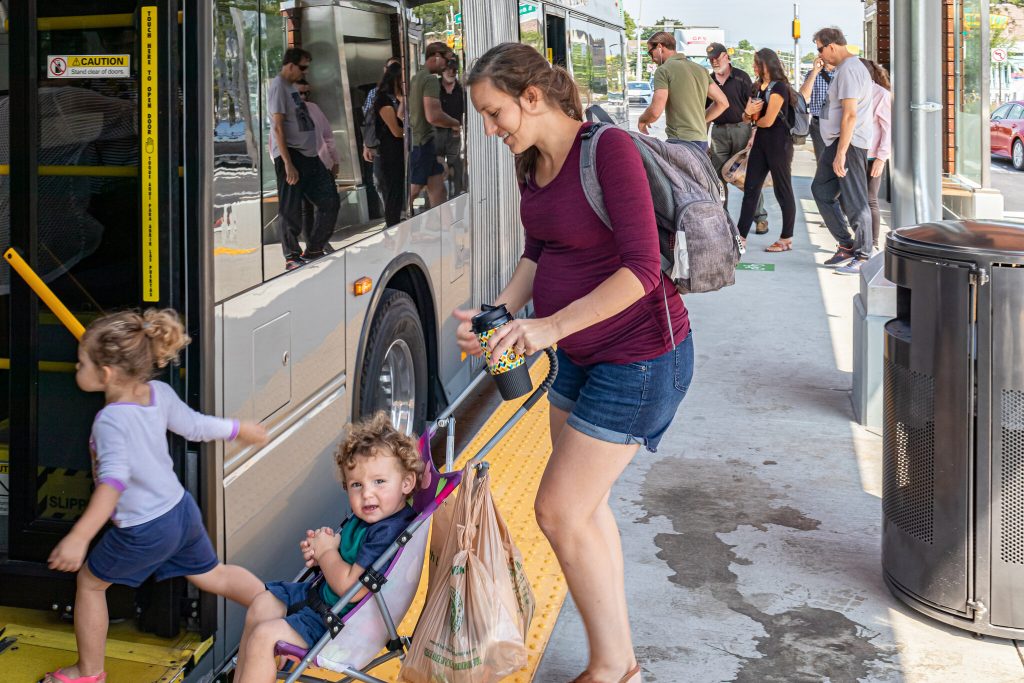Building public transit back better
COVID-19 has put public transit on the brink of extinction. Transportation for America is working to save transit from this crisis and reform the federal transportation program to build this essential service back better.
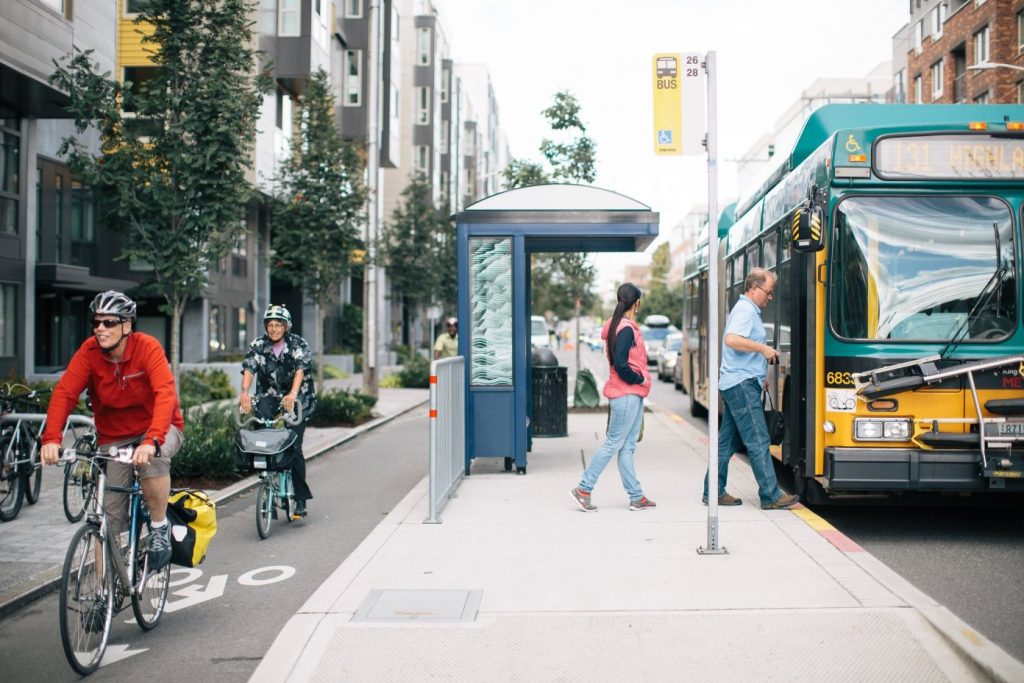
U.S. public transit is in crisis—and not just because of COVID-19. The federal government has long shunned transit investment for highway expansions that make congestion worse, divide and demolish communities of color, and put the country on a path of endlessly-increasing carbon emissions—all while failing to affordably, safely, and conveniently connect all Americans to opportunity.
With Congress charged with passing long-term transportation policy this year, the federal government has a historic opportunity to rebuild American public transit on a secure foundation — one where transit can thrive, not just get by.
Climate
Transportation is the largest source of carbon emissions in the United States, and the majority of them come from driving. Increased investment in public transportation can stem this trend by giving people more transportation options than driving alone. Read more in our report Driving Down Emissions.
Equity
In most of the United States, your ability to participate in the economy—your access to schools, jobs, groceries, and other services—is predicated on whether or not you can drive. With car ownership costing upwards of $10,000 per year on average, and with many people unable to drive due to disability or age, a transportation system where the only way to get around is driving is inherently inequitable. Robust, affordable, and rapid transit service can help bridge this gap.
Racial justice
With people of color making up 60 percent of transit riders, dedicating more federal funding to transit projects will ensure that transportation funds are spent equitably—not overwhelmingly on road projects that disproportionately serve white Americans.
Essential workers
Over 2.8 million essential workers rely on public transit to reach their jobs. These essential workers power healthcare, grocery, sanitation, and other sectors upon which millions more Americans rely. Without transit, our pandemic response will grind to a halt.
Economic recovery
Public transportation is critical to our economic recovery from the COVID-19 pandemic. According to the American Public Transportation Association, 20 years of sustained increased investment in public transportation would return approximately $5 billion in additional GDP per $1 billion invested annually. Our partner Smart Growth America’s report Core Values also illustrates the trend of companies moving their headquarters to dense, transit-accessible downtowns.
Voters support transit
Nearly four times as many voters support increasing public transportation funding as support reducing it, according to a poll conducted for Transportation for America and several partners in March 2020. There is no appetite among voters for cuts to investments in public transportation, even accounting for party identification and geography. Less than 1 in 5 Republicans support cutting transportation spending, and that is the high watermark.

Public transit has been underinvested for decades—at the same time overwhelming funding for roadways undermined the small amount of federal funding transit receives. It’s time to do more.
OPERATING FUNDING
The federal government only started providing transit agencies with operating support—funds to assist with the costs of running transit service—in COVID-19 emergency packages. Transit agencies never receive recurring operating funding.
Congress must modernize transit operations funding by providing $20 billion in annual funding for operations. This will ensure that the majority of Americans are within walking distance of frequent and affordable transit by 2030. Transit agencies should prioritize service in transit-dependent neighborhoods to meet the needs of essential workers, communities of color, and low-income communities. This could also include support for transit agencies or local communities that wish to provide free or reduced fares. Operating support should be a federal match to local sources of revenue and connected to ridership and incentivize better networks with more frequent service.
MAINTENANCE
Reduce deferred maintenance and the national repair backlog: Provide $18 billion for maintenance annually with a goal of eliminating the backlog in 12 years.
CAPITAL EXPANSION
Provide enough funding to meet the demand for new and expanded service: Congress should establish a $12 billion annual capital investments program, with $6 billion allocated by formula and $6 billion allocated through discretionary grants for capital projects that improve access to frequent transit for low income people. The existing capital expansion program — Capital Investment Grants (CIG) — is over-subscribed, providing about $2 billion annually despite the $23 billion worth of projects in the pipeline. This new capital expansion program will begin to meet the demand for new and expanded transit.
Free use public transit photos
The lack of high-quality photos of people riding public transportation makes advocating for increased transit investment difficult. It’s hard for lawmakers to envision public transit as an important part of their lives when they only see photos of buses with no people in sight.
To combat this, we’ve compiled free use, high-quality photos of people riding public transportation across the country. Please credit the source when you use these photos!
But we need more photos! If you would like to share with us a high-quality photo of people riding transit for free use, please email them to jenna[dot]fortunati[at]t4america[dot]org.
Credit: IndyGo
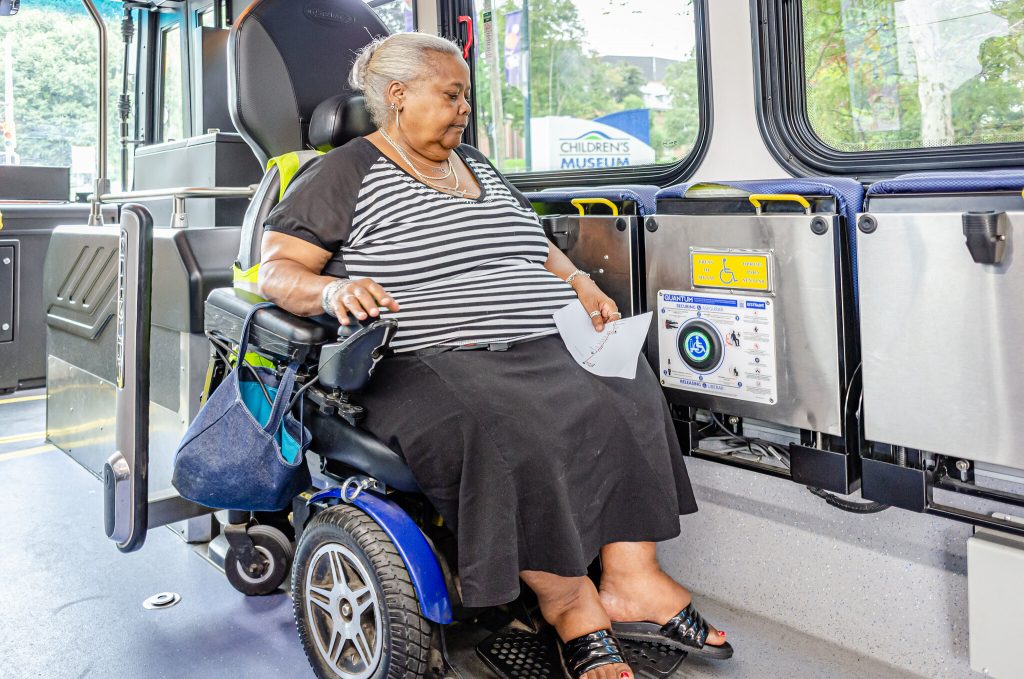
Credit: IndyGo
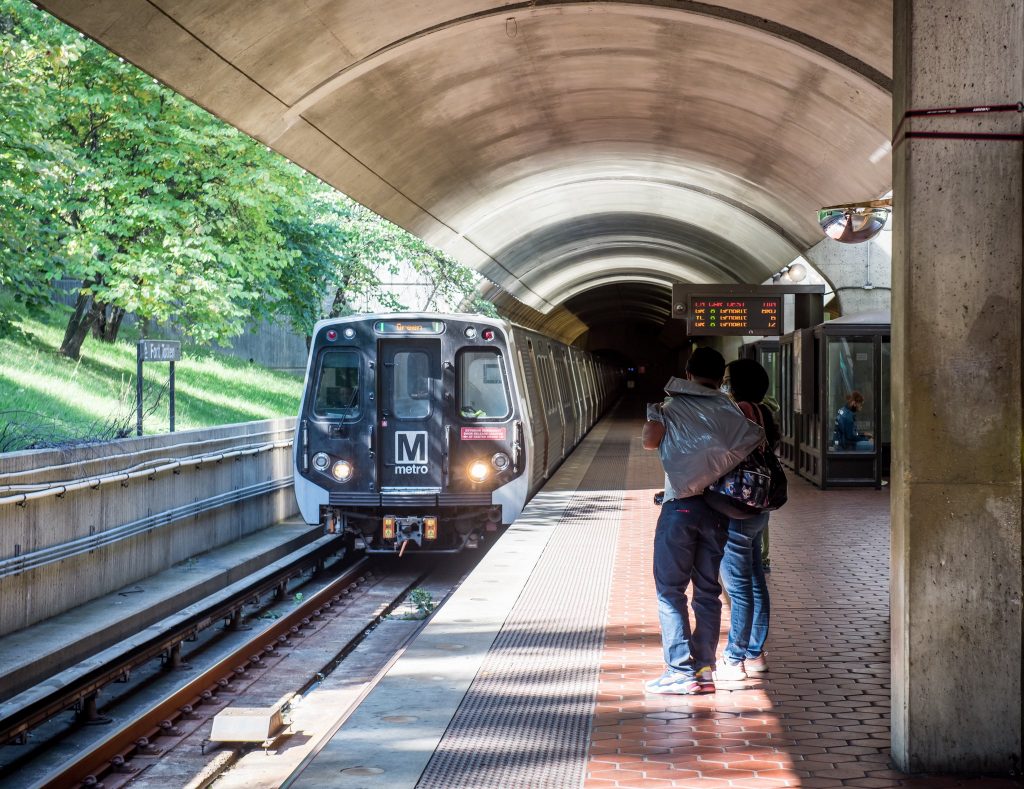
Credit: Kyle Anderson, WMATA
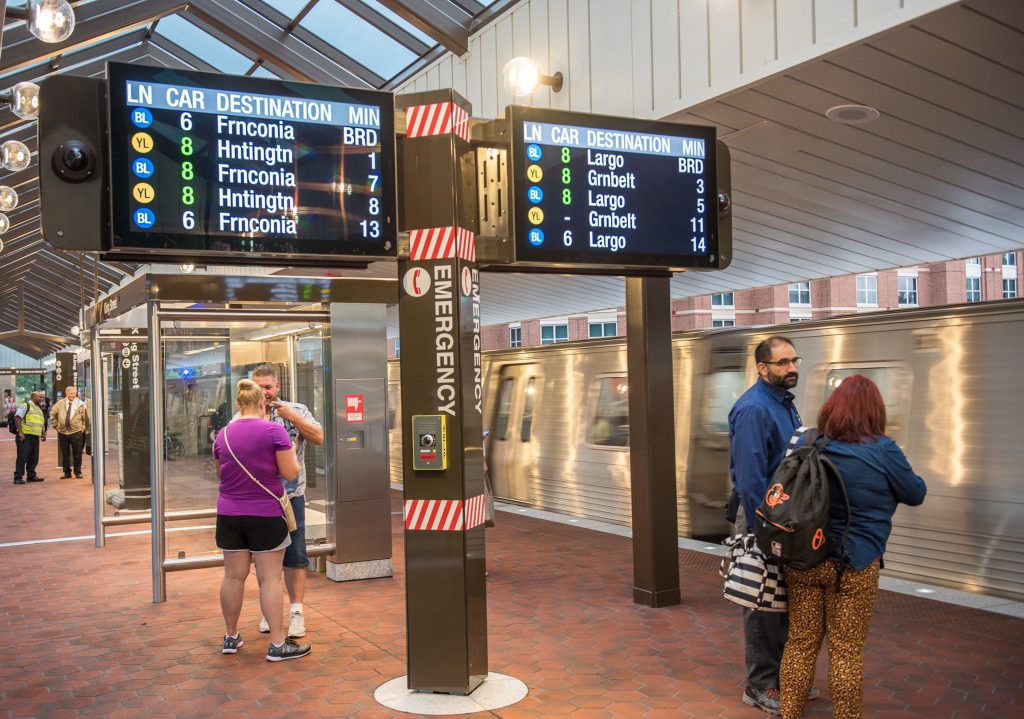
Credit: Kyle Anderson, WMATA
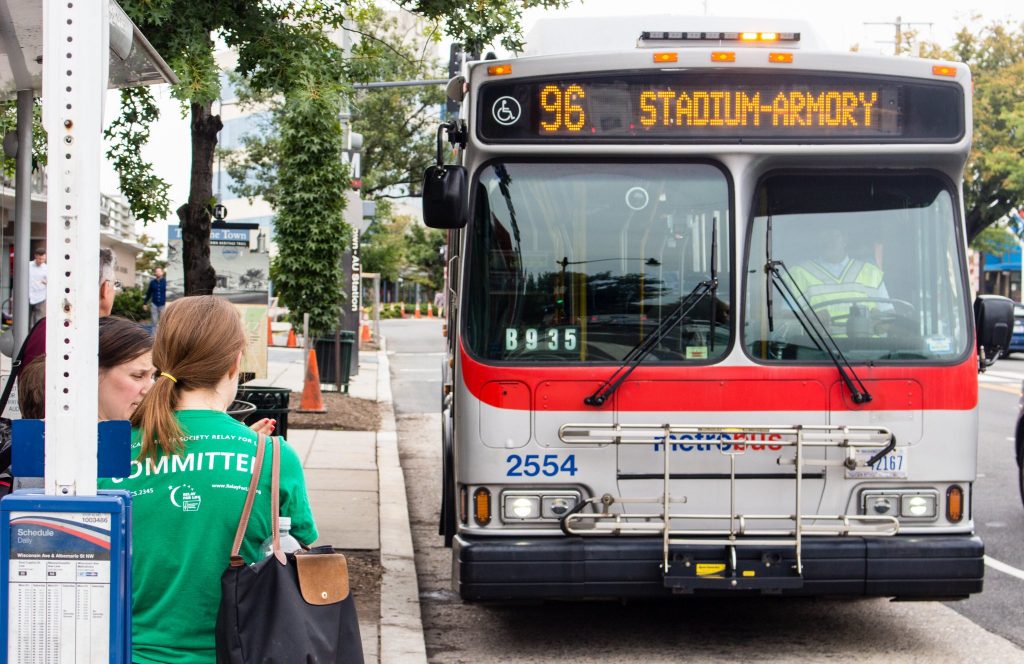
Credit: Kyle Anderson, WMATA
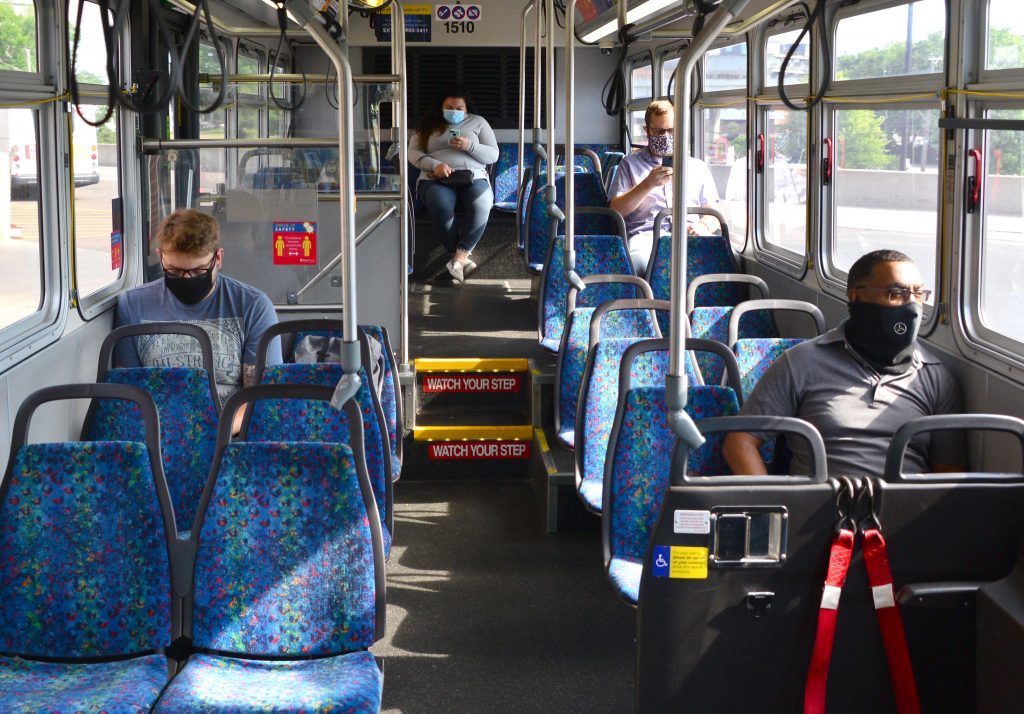
Riders on a bus in the Twin Cities of Minnesota. Photo by Metro Transit.
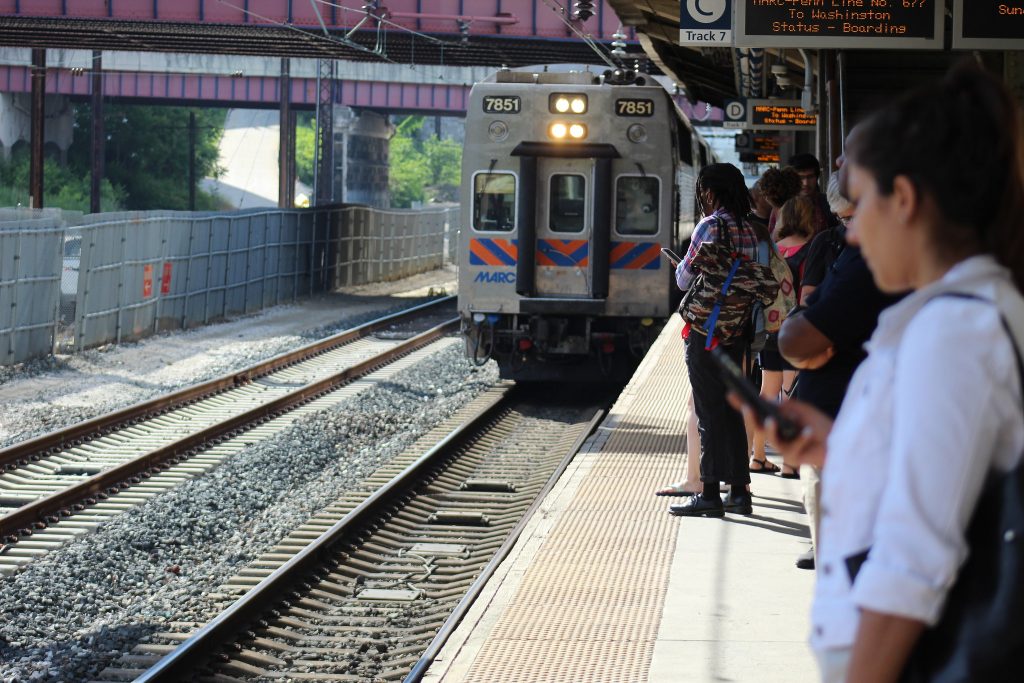
Riders waiting to board a MARC train at Baltimore’s Penn Station. Photo by Elvert Barnes on Flickr’s Creative Commons.

Credit: Adam Coppola
COVID-19 emergency funding for public transit
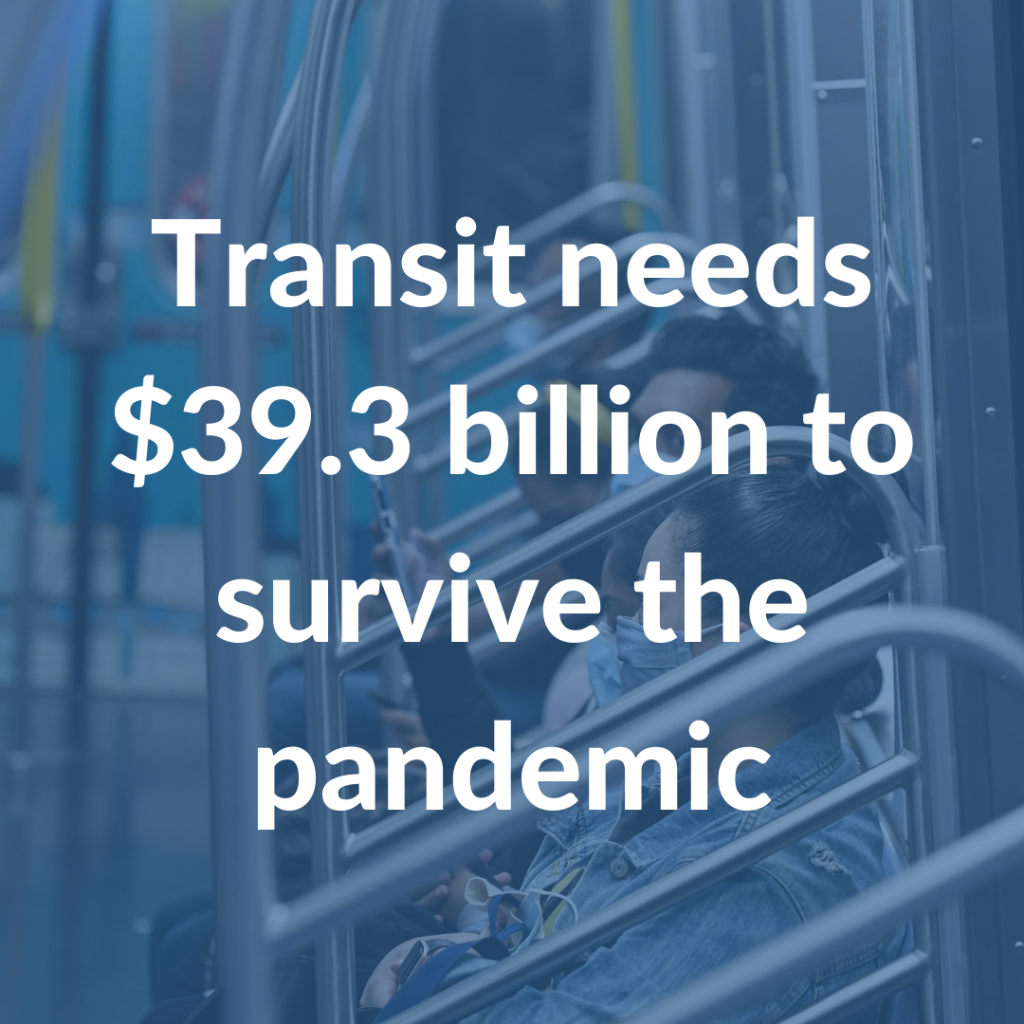
Public transit has been decimated by the pandemic. While the December 2020 COVID package gave transit much-needed support to keep running essential service, this funding will start running out in the spring—as soon as cities and towns prepare to reopen. We urge Congress to provide at least $39.3 billion in emergency relief to prevent transit cuts through 2023.
A Green New Deal for Transportation
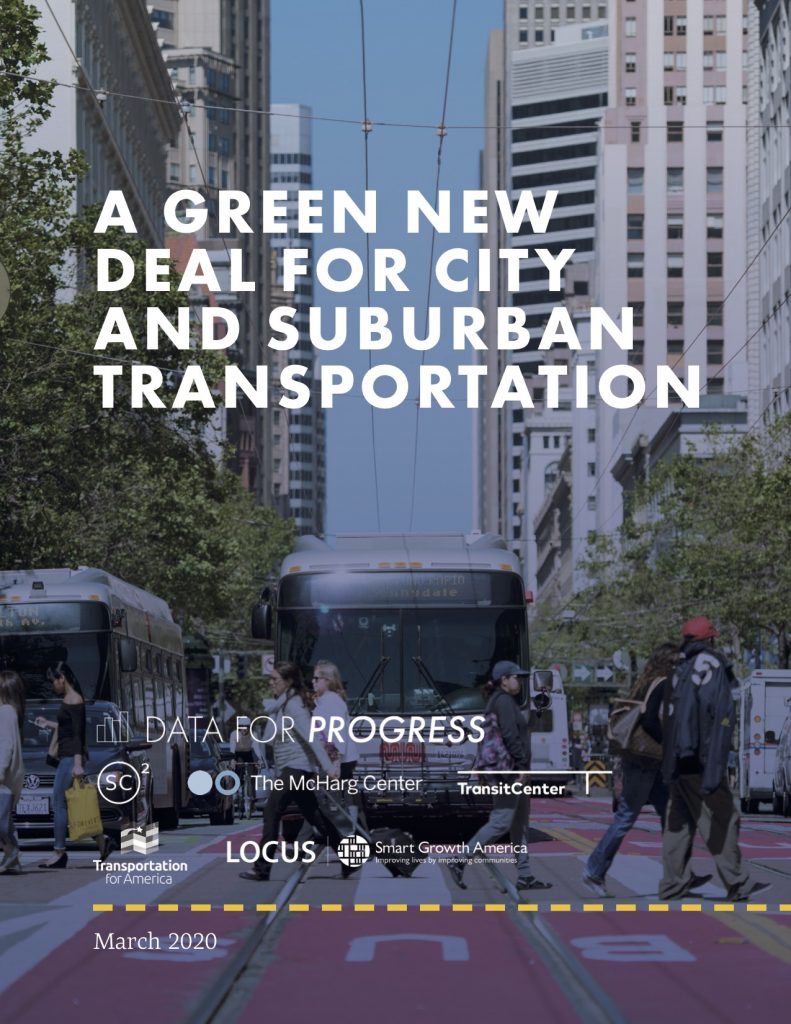
A Green New Deal for City and Suburban Transportation, a joint report authored by TransitCenter, Transportation for America, Data for Progress and the Ian L. McHarg Center for Urbanism and Ecology, lays out federal policy recommendations for reducing emissions from the transportation sector in cities and suburbs while making communities healthier, more equitable, and prosperous.
What’s at stake for rural areas?
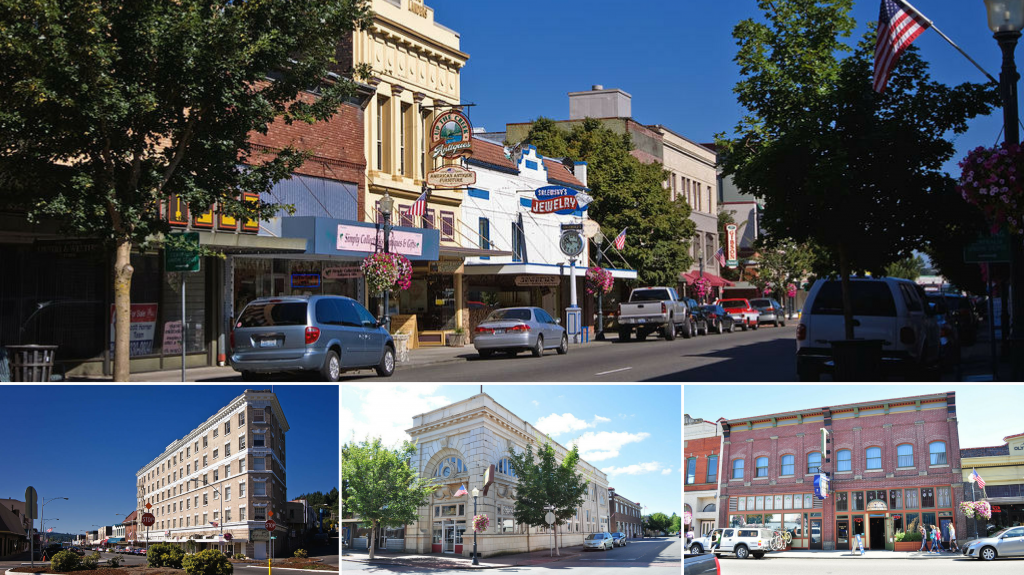
COVID-19 hasn’t just hurt big-city transit agencies: rural transit providers have been slammed, too, some to the point of shutting down. Check out these videos from rural and medium-sized transit providers on the hardships COVID-19—and the lack of federal emergency funding—have brought.
Watch the videos
The CHARGE coalition
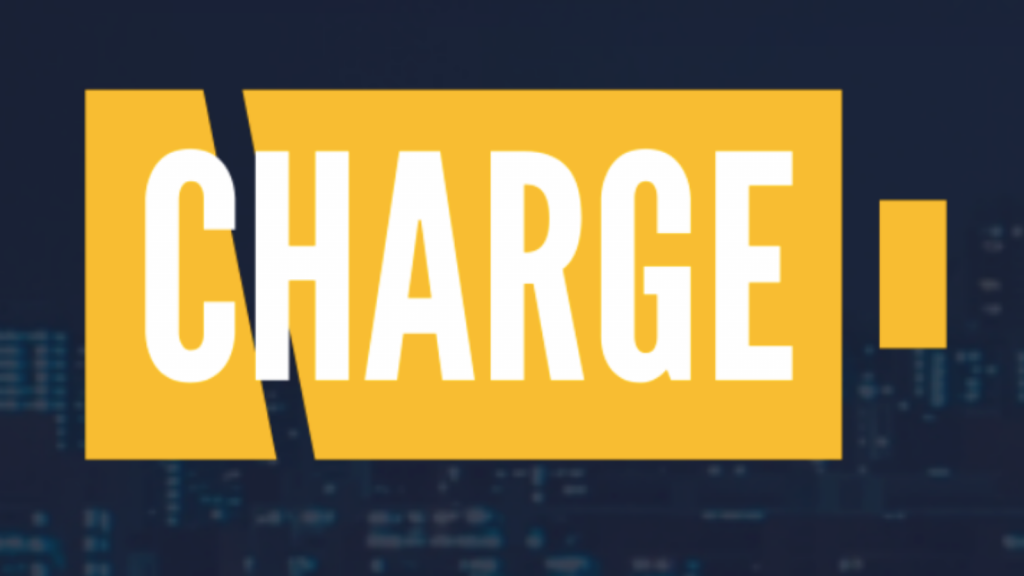
The Coalition Helping America Rebuild and Go Electric—CHARGE—is made up of transportation, industry, environmental, labor, health, equity, and civic organizations that support smart policy to electrify America’s transportation system—including a massive investment to expand and electrify public transportation. Check out our in-depth policy recommendations to make this reality here.
